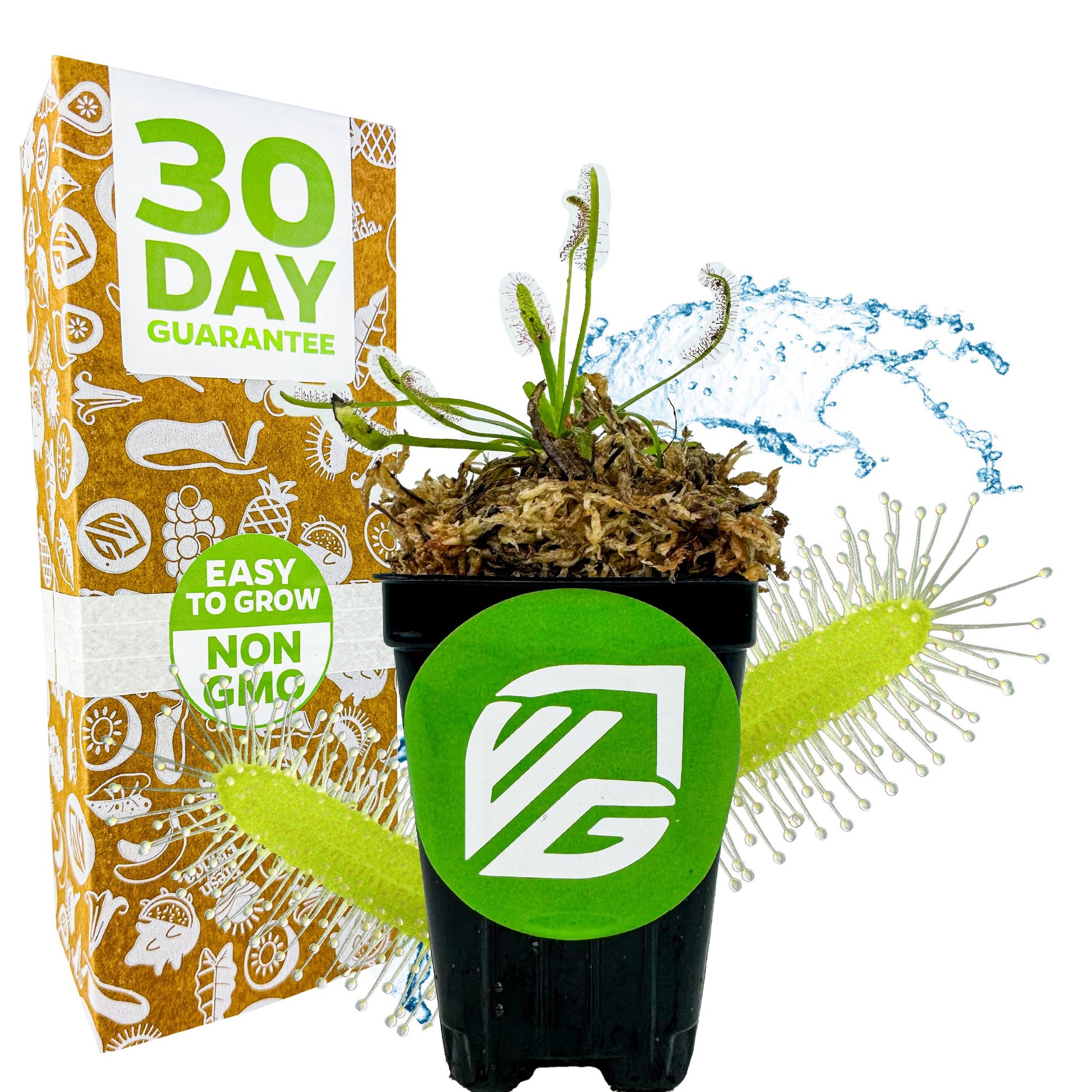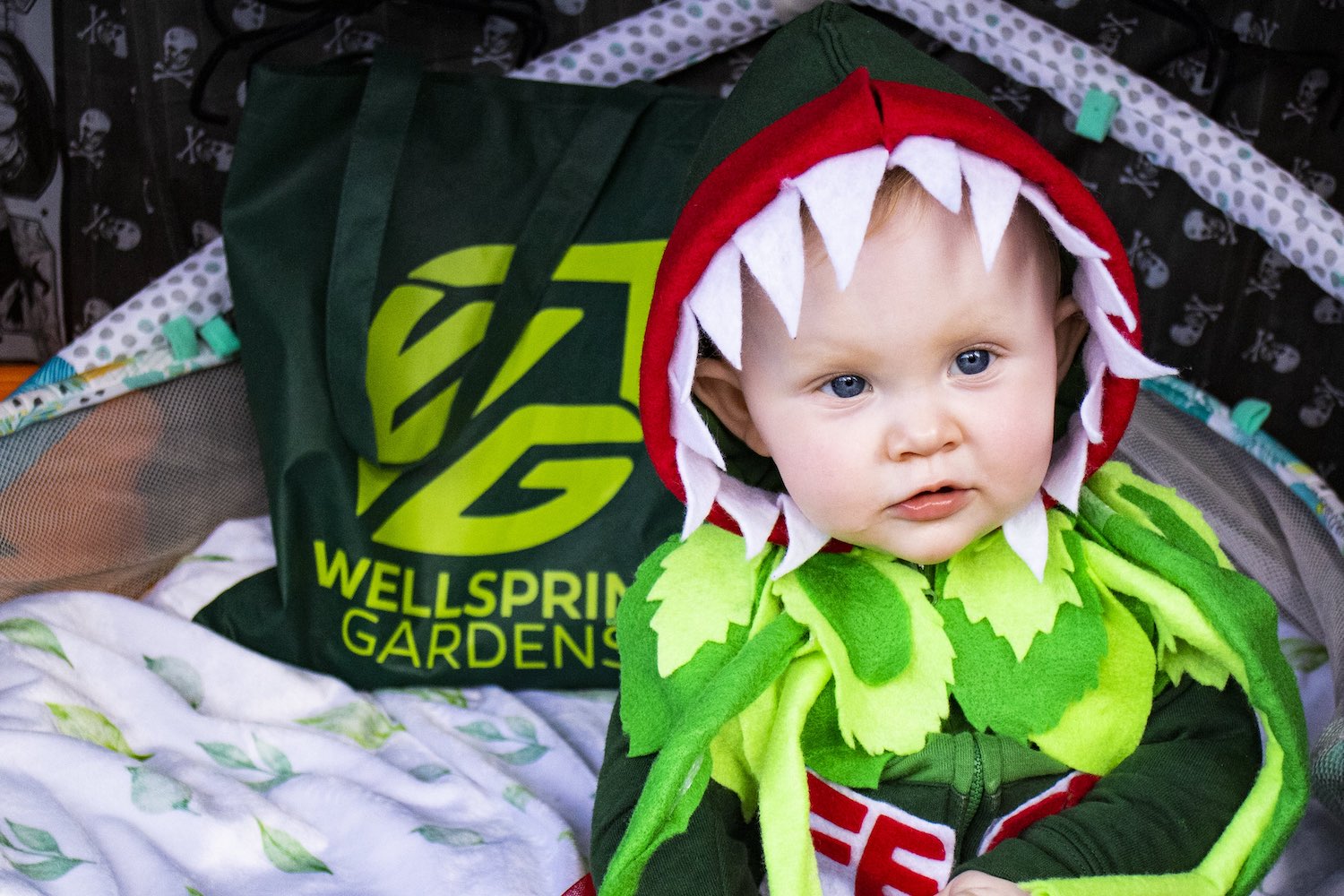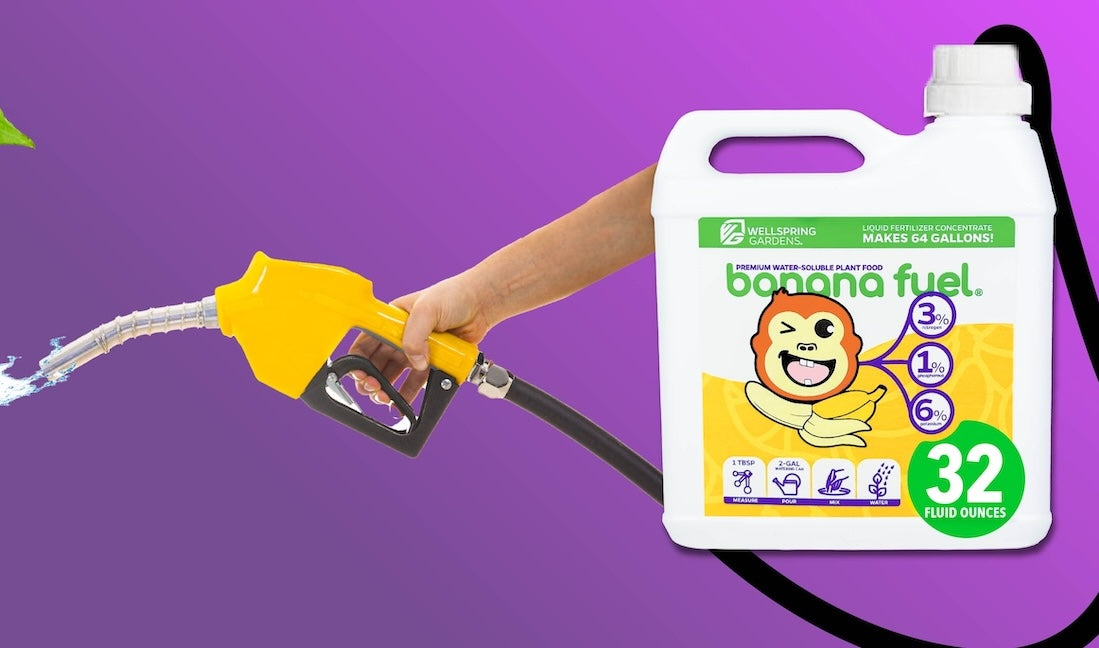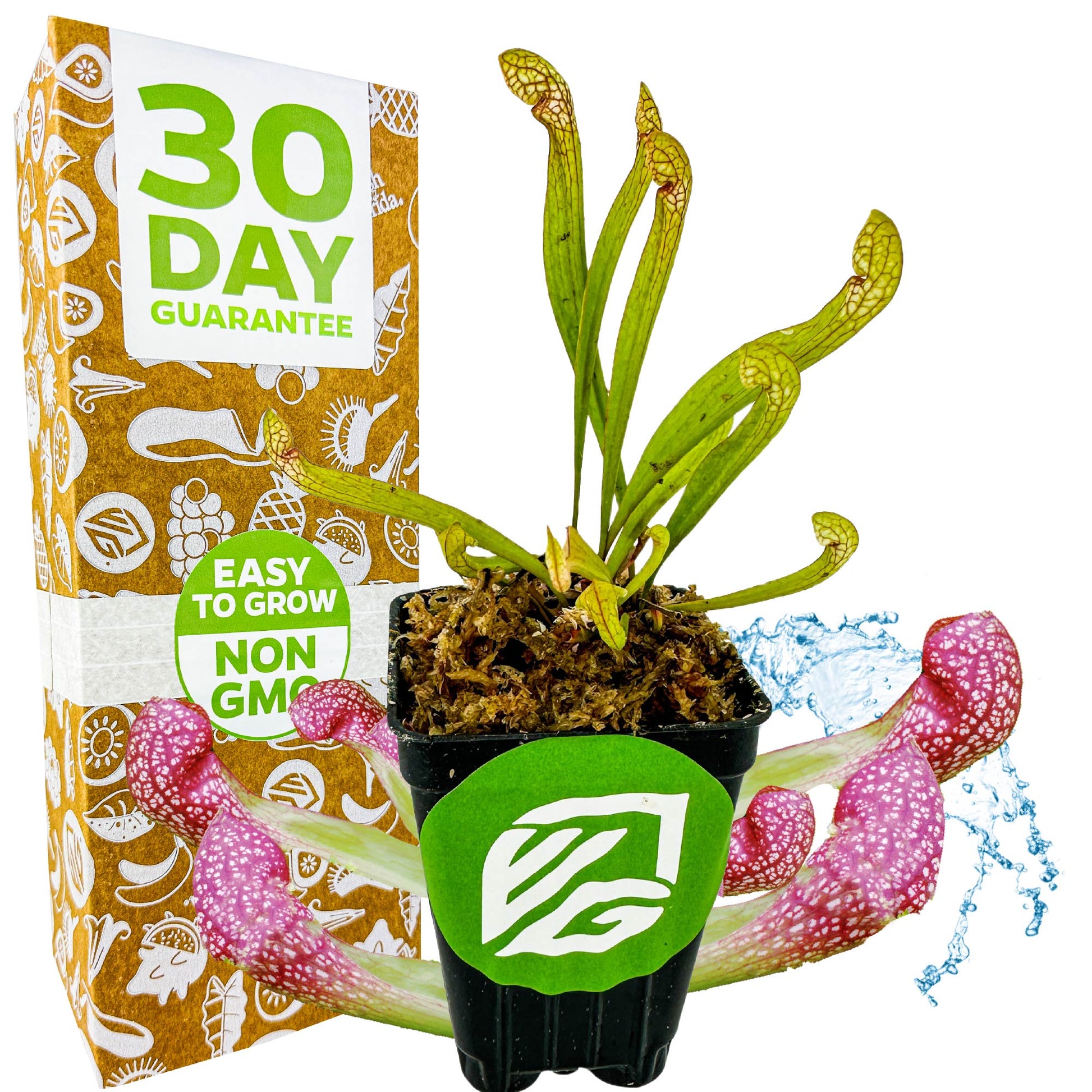
Scarlet Belle Carnivorous Pitcher Plant - Sarracenia
+ Free Shipping
The Scarlet Belle pitcher plant grows up to 1-foot tall. The rounded hoods have slight openings, and the pitchers have red veins with white markings. The low-lying angular leaves form a basal rosette (A basal rosette is when leaves grow out in similar lengths from a stem base and resemble the leaves of a rose.)
- Average mature height: 1 foot.
- Light: High light. Full sun to lightly filtered sun.
- Soil: Grows well in peat, peat/perlite, or sphagnum moss. Place a tray of water underneath to keep the plant wet.
- Zones: 7-10
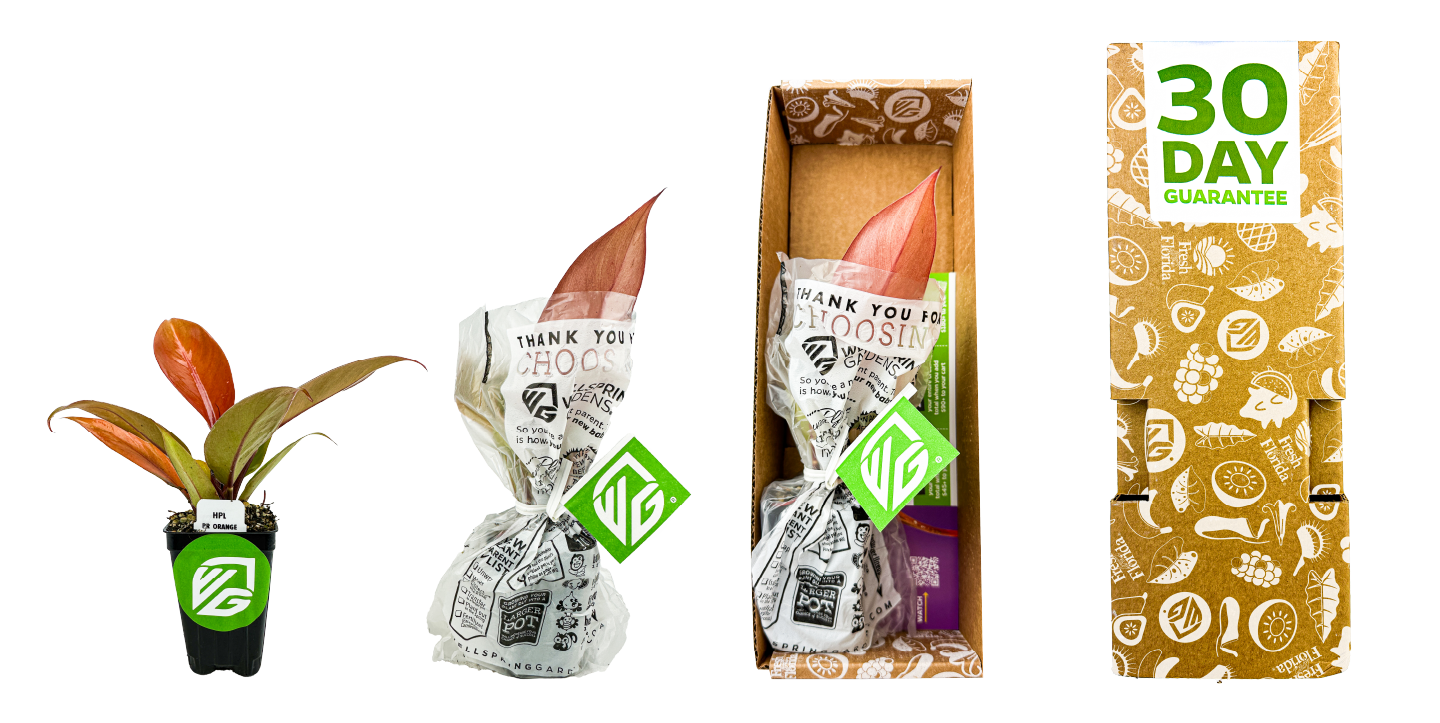
Shop with confidence
Your plants are packed with the utmost care, but shipping can be stressful on the little guys.
That's why you have 30 days from the arrival date to experiment with them. If they don't bounce back, you're eligible for a refund.
You may also like
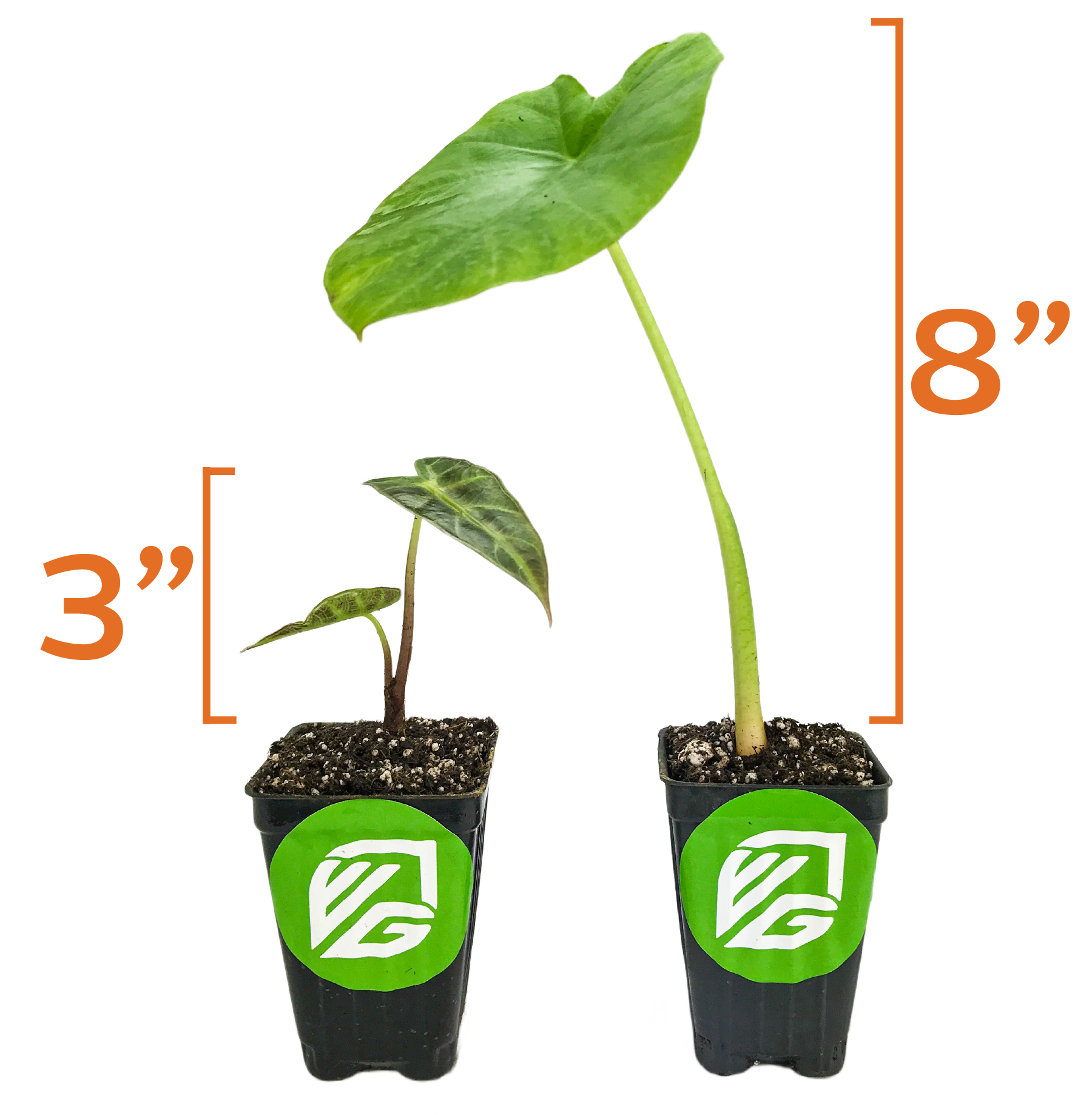
We sell baby plants
Wellspring Gardens is the starter plant, AKA “baby plant” shop. We just get you started, so you get all the credit for raising your plants under your green thumb.
How tall are baby plants?
We aim to ship your plants when they’re 3-8” tall, though we often ship them taller than that.
What determines whether I get a 3-, 6-, or even 18-inch-tall plant?
The exact size of the plant we send you is variable on the time of year and how long we've been growing it out.
Don't give your carnivorous plant fertilizer!








